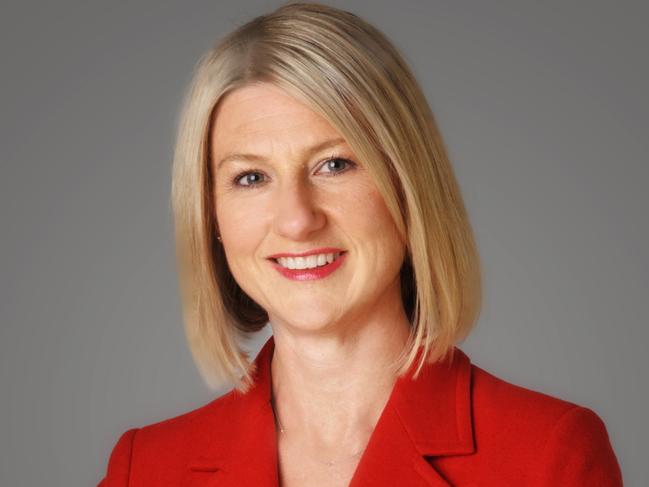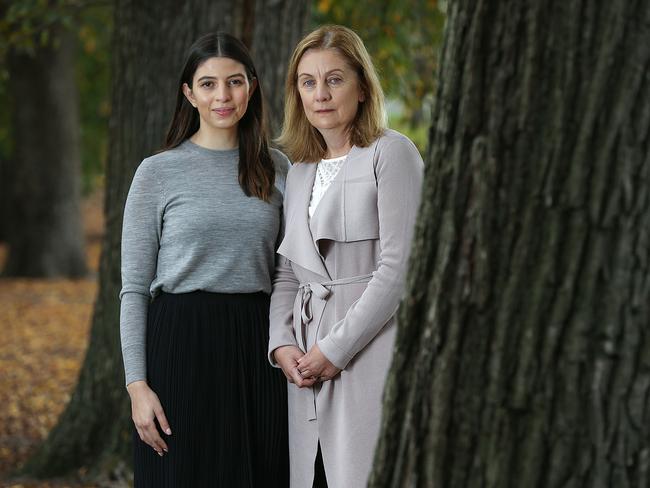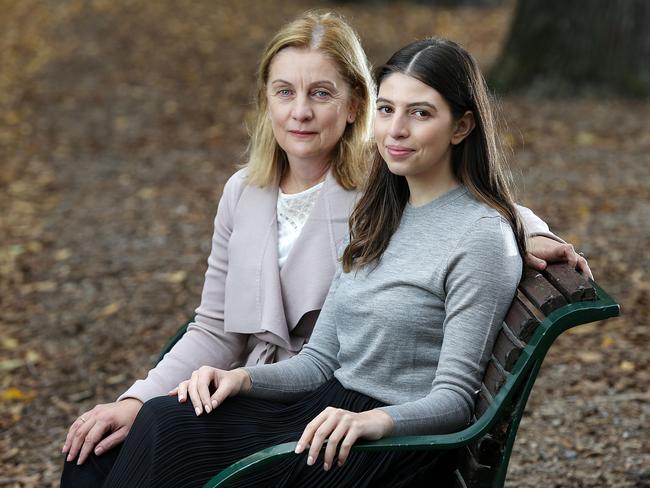New online tool lets you check your risk of breast cancer
FOR the first time Australian women can find out their risk of developing breast cancer and discover if they are a candidate for a drug that could halve their chance of getting the disease.
Illness
Don't miss out on the headlines from Illness. Followed categories will be added to My News.
EXCLUSIVE
For the first time Australian women can find out their personal risk of developing breast cancer and discover if they are a candidate for a drug that could halve their chance of getting the disease.
A new online tool developed by oncologist and breast cancer expert Prof Kelly-Anne Phillips aims to slash the 18,000 cases of breast cancer diagnosed each year by encouraging women to know their risk and how to address it.
The Peter MacCallum Cancer Centre will launch the online “iPrevent” calculator that asks a series of questions about lifestyle and family cancer history to determine a person’s personalised breast cancer risk profile.
Professor Phillips wants every woman to assess their risk of breast cancer from age 30 and if they are at high risk think about using medication or have a genetic test.
The instant online report compares the individual woman’s risk to the average risk and also provides personalised advice on what she can do to reduce her risk.
MORE: Breast cancer linked to implants
MORE: Health funds limit cover for breast cancer
MORE: Women urged to get breast cancer checks together

Lifestyle changes such as weight loss, exercise and drinking less alcohol can reduce most women’s breast cancer risk.
Some women with a strong family history of hormone receptor positive cancer will be informed they could be among the five per cent of women who are a candidate for a breast cancer preventing treatment called Tamoxifen.
Others may be told to have a genetic test to check for genes associated with breast cancer and seek medical advice on whether a preventive mastectomy might be considered.
These high risk women are advised to visit a familial cancer centre in their state to get further advice about their options.
Tamoxifen, a medication previously used as a treatment for women with breast cancer, has now been approved to prevent cancer in women at high risk and Professor Phillips wants more women to use it.
“Tamoxifen is an anti-oestrogen medication and there is high quality evidence in 28,000 women that it reduced their breast cancer risk by half,” says Professor Kelly-Anne Phillips.
It has side effects including hot flushes, night sweats, leg cramps and a higher risk of blood clots but it also thickens bones and improves cholesterol levels in the blood, she says.
“I’ve been treating women for 20 years and it is worrying to me to see new patients and I look at their risk factors and think, gee, if I’d seen you a few years ago I could have prevented this,” says Professor Phillips.

A woman’s risk of breast cancer is affected by how early her periods start and finish, whether she had children and breast fed, whether she used combined hormone replacement therapy to combat menopause symptoms and has a family history of breast, pancreatic, ovarian and prostate cancer.
Issues such as her weight, how much she exercises and how much alcohol she drinks can also affect breast cancer risk. Every glass of alcohol increases the risk of breast cancer.
Women can play around with the risk estimator and type in different answers to check how lowering their alcohol intake or increasing their exercise or losing weight might affect their personal risk of cancer.
Twenty five year old Bianca Di Donato who lives in Melbourne and works in property marketing used the tool to calculate her risk of breast cancer after a friend recommended it.
Her mother Angela was diagnosed with breast cancer 14 years ago at age 38 and she thought her risk of the cancer would be elevated.
“Over the next ten years my risk is 0.6 per cent compared to the average risk of 0.2 per cent for my age,” she said.
“One of the suggestions in my iprevent report was to visit a familial cancer centre which I guess would be good to continue the conversation.
“Mum and I will probably go together.”

Her report also suggested she might want to consider using Tamoxifen to prevent breast cancer.
While she exercises most days and maintains a healthy weight Bianca says it is sometimes very easy to have two drinks per night, without thinking, by sharing a bottle of wine with her boyfriend.
“That’s an important habit to break out of,” she said.
She also learnt she can’t have mammograms to check for breast cancer because at her age her breasts are too dense for this test.
Originally published as New online tool lets you check your risk of breast cancer
